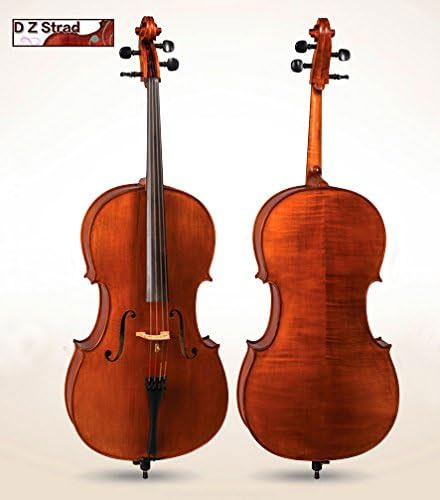The cello, also known as the violoncello, is a musical instrument that belongs to the violin family. It is a bass instrument, meaning it produces low-pitched sounds. The word “cello” is an abbreviation of the Italian word “violoncello.” The cello appeared in the 16th century and evolved from the bass viola da gamba. It is believed to have been developed in Italy.
In terms of playing technique, the cello is played by sitting down and placing the instrument between the knees. The player uses a bow made of horsehair (or synthetic materials) or plucks the strings with the fingers. The left-hand presses the strings against the fingerboard to change the pitch.
Regarding the sound and range, the cello has a rich and warm tone, often described as resembling the human voice. It is capable of producing both low and high notes. Therefore, the cello is known for its expressive and lyrical qualities.
Notably, the cello is a versatile instrument and is commonly used in western classical music, chamber music, orchestras, and solo performances. It typically plays the bass line or provides harmony and counterpoint to other instruments. The cello is also used in other musical genres such as world music (flamenco, Cuban music, Middle Eastern music, world fusion, etc.) and jazz.
Many renowned cellists have contributed to the popularity and development of the cello as a solo instrument. Some notable cellists include Yo-Yo Ma, Jacqueline du Pré, Mstislav Rostropovich, Pablo Casals, Walter Gray, Joan Jeanrenaud, Jennifer Culp, Jeffrey Zeigler, Sunny Yang.
Noteworthy artists that use cello in world music include Yo-Yo Ma, Matthieu Saglio, Ana Carla Maza, Eugene Friesen, Eric Jacobsen, Karen Ouzounian, Abel Selaocoe.
(headline image: D Z Strad cello Model 500)



We added Abel Selaocoe to the list of cellists.